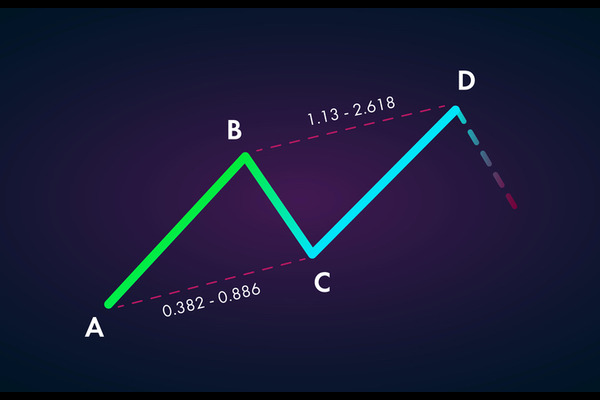Forex indicators are quantitative indicators and statistical data
used to measure and evaluate the situation of the forex trading market. These
indicators are usually related to factors such as economic indicators, market
participant behavior, and technical analysis. Forex indicators can
provide information about Market trends, price fluctuations, market
participants' emotions, and market risks.
Some common forex indicators include:
1. GDP (Gross Domestic Product)
Measuring the total economic output of a country or region has a significant
impact on the trend of the forex market.
2. CPI (Consumer price index)
Measuring changes in price levels, reflecting trends in inflation or
deflation, has an impact on the value of money and the forex
market.
3. Interest rate indicators
The benchmark interest rates of the central bank, short-term interest rates,
and long-term bond rates have a significant impact on the flow of funds and
exchange rates in the forex market.
4. Employment data
Data such as the unemployment rate and non-agricultural employment reflect
the employment situation and labor market situation of the economy and have an
impact on the confidence and economic prospects of the forex
market.
5. Technical indicators
For example, the Moving Average, Relative strength index (RSI), Bollinger
Bands, etc. provide references for trading decisions through the analysis of
historical prices and trading volumes.
The release and interpretation of forex indicators are of great
significance to forex traders and investors, as they can help them
make more informed trading decisions and risk management strategies.
Forex indicators are very useful tools in forex market
analysis and trading decision-making. The following are some important uses of
forex indicators:
1. Market analysis
Forex indicators can provide information on economic fundamentals,
Market trends, and price fluctuations. By analyzing these indicators, we can
better understand the dynamics and trends of the market in order to make wise
trading decisions.
2. Trading decisions
Forex indicators can serve as the basis for trading decisions.
Based on the changes and trends in indicators, traders can choose the timing of
entry or exit, establish appropriate stop-loss and profit targets, and maximize
the success rate of trading.
3. Risk Management
By understanding forex indicators, we can better assess the level
of market risk. Some indicators can provide information about market volatility
and uncertainty, helping traders develop risk management strategies and reduce
potential losses.
4. Signal confirmation
Forex indicators can be used to confirm the trading signals
provided by other technical analysis tools. For example, when prices form trend
lines or patterns, indicators can be used to verify the sustainability of such
trends and increase the reliability of transactions.
However, it should be noted that forex indicators are not entirely
accurate and reliable. The market is often influenced by multiple factors, and
indicators are only a part of them. Therefore, relying solely on indicators for
trading is not enough, and comprehensive analysis and judgment need to be
combined with other factors.






